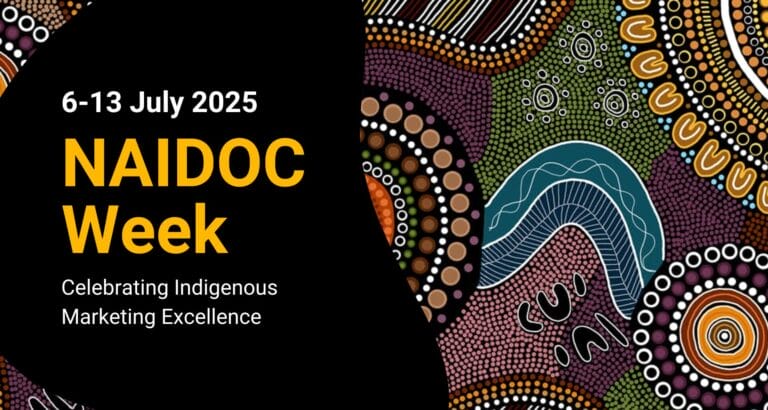Introduction
Continuing on with our MozCon series where we discuss some of the most influential and informative presentations that we attended at the MozCon 2019 Digital Marketing conference in Seattle, Washington. In this week’s blog post we will be discussing Emily Triplett Lentz’s presentation on ‘How To Audit Inclusive Content’
Who is Emily Triplett Lentz
Before jumping into her presentation, we would first like to introduce Emily Triplett Lentz. Emily the Content Strategy Lead at Help Scout, a help desk software company that provides an email-based customer support platform, knowledge base tool and embedded search/contact widget for many business. With over 14 years in marketing, journalism and customer experience, Emily also has a strong passion for intersecting marketing and social issues.

Now For The Presentation Details
Emily expressed the value a brand or company can receive by publishing inclusive content online. She demonstrates this value through her own personal experience and changes she had implemented at Help Scout.

Through this experience she was able to share with the audience the importance of incorporating inclusive content and the impact it has on users’ behaviour and ultimate brand awareness and loyalty.
Starting The Presentation – What Is Ableist Terminology
The presentation started with Emily identifying herself as a neuro-divergent person. This refers to variation in the human brain regarding sociability, learning, attention, mood and other mental functions in a non-pathological sense.
She confirmed that this does not affect her speech or mobility, however does require her to take medication. Furthermore, she states that she is sensitive to ableist language.
Ableist language refers to language that is generally offensive to people with disabilities that can be considered as derogatorily, abusive or negative. To help her mitigate the reaction to these terminologies, she ensures she removes microaggressions from her vocabulary.
In other words, she removes terms that are used for brief and commonplace daily verbal, behavioural, or environmental indignities.
For example, terms such as crazy, bling or insane.
Emily’s Journey To Incorporating Inclusive Content on Help Scout’s Website.
Help Scout’s Vice President of Engineering began this audit by removing the term ‘cripple’ from the company’s vernacular. From this initial actions, Emily proposed audit Help Scout’s website to remove other ableist and problematic terms in their content.
In doing so, she invited her team to develop a comprehensive list of words as seen in the image below:

From this list, Emily commenced audit her website via Screaming Frog, a website crawling tool that allows you to crawl websites’ URLs and fetch key elements to analyse and audit technical and onsite SEO. This tool identified 72 matches!
However, not every instance of these words are considered inappropriate. Emily referred to these words as a kind of lazy placeholders for precise language.
By making these changes, Help Scout was able to update their style guide to ensure their content is more welcoming to everyone through the use of neutral language.
Furthermore, Help Scout was able to receive further insights from the public after Emily wrote a blog post regarding their content change and update. Help Scout received further suggestion that took into account terms Emily’s team did not pick up on as seen in the image below:

What You Can Do To Ensure You Have Inclusive Content On Your Website
For good measure, Emily shared a few actionable tactics that we can conduct to ensure our websites incorporates inclusive content.
- Quote Subject Matter Experts: to ensure correct terminology and language hold some level of credibility to consolidate appropriate use of language in your content.
- Add language about soliciting images: that showcase different axes of diversity outside the standard stock images from your average software blog. This will provide a more elaborate and precise message rather than a common and overused message that is typically expressed in stock images.
- Caption videos: will provide a clearer description of the contents of the videos to the viewers.
- Aim for broader representation across illustration style: that focuses on conveying the key message over the subject matter. This is similar to adding language about soliciting images. By encompassing a broader representative across the illustrations will further emphasise the contents diversity.
- Improve web & product accessibility: will permit an array of users to navigate with ease. This will have a subsequent impact on SEO and user experience.
Incorporating inclusive content are not limited to the 5 tactics listed above. Emily suggested that if you have some influence over the content your company has published over the years, then efforts similar to the listed tactics above are within our capabilities.
By choosing the right and precise words within context you will strengthen your communication and your content will be more valuable and may positively impact your audience’s loyalty to your brand.
The desire to make a particular word choice when it comes to content creation should not supersede someone else’s need for safety and inclusion.
What Can We Take From This Presentation
Content plays a major role in addressing users’ search queries. To ensure this content not only provide users with answers and information, it is imperative the content incorporates a welcoming and informative tone. Emily’s presentation suggested in addition to providing quality content the precision of words and the use of neutral language will further enhance users’ engagement and increase brand loyalty.










